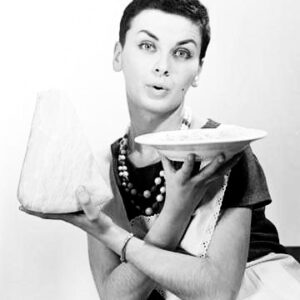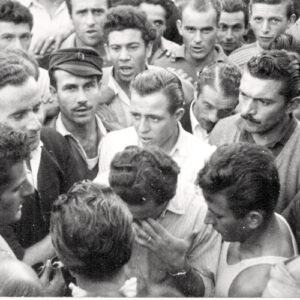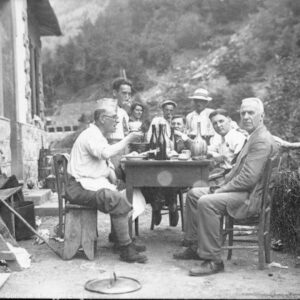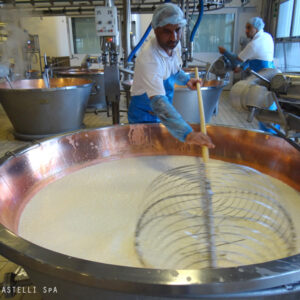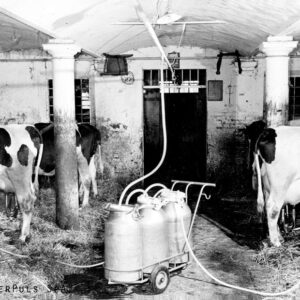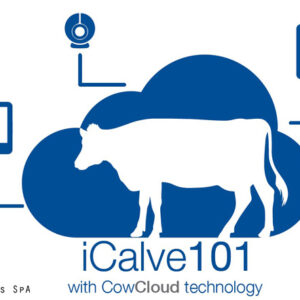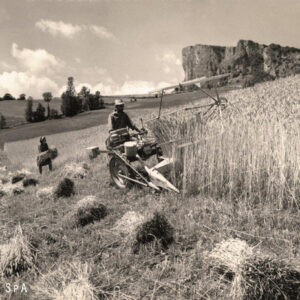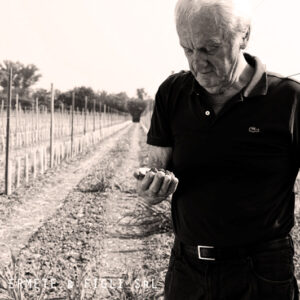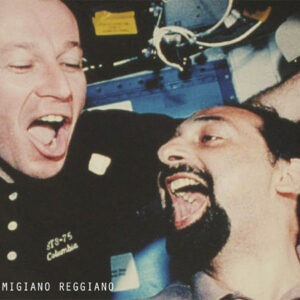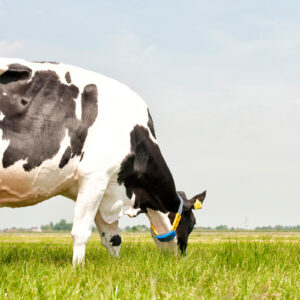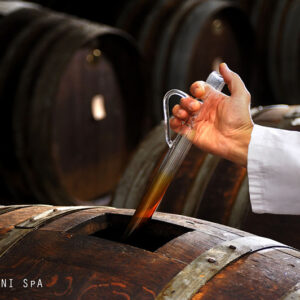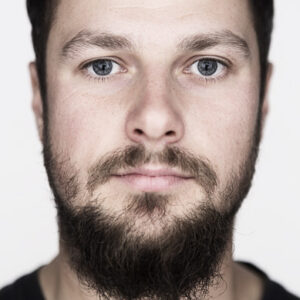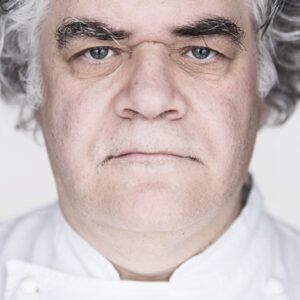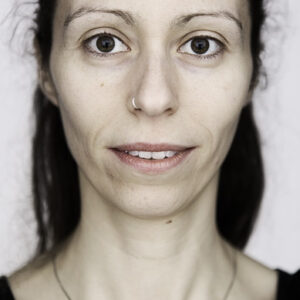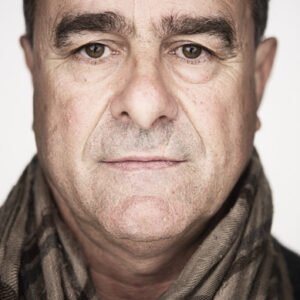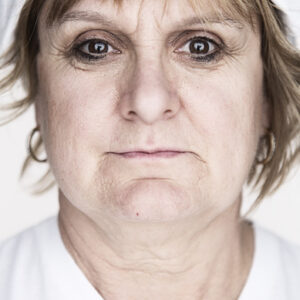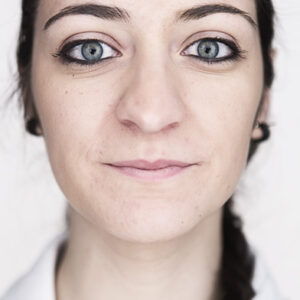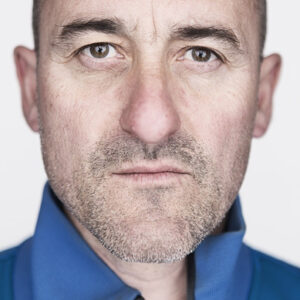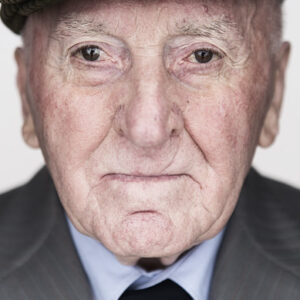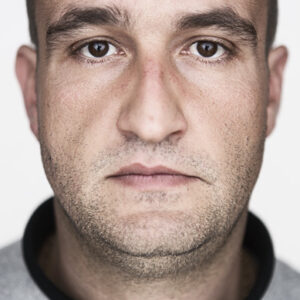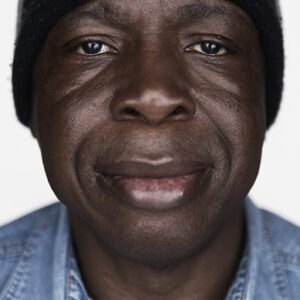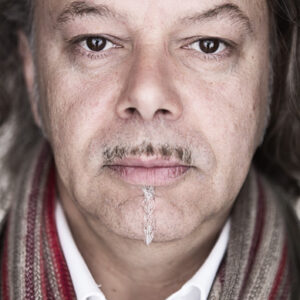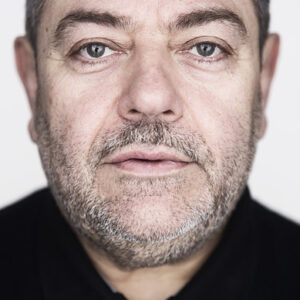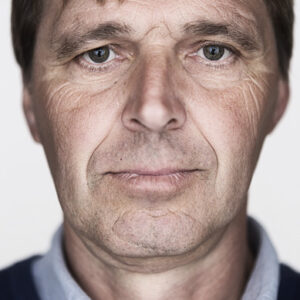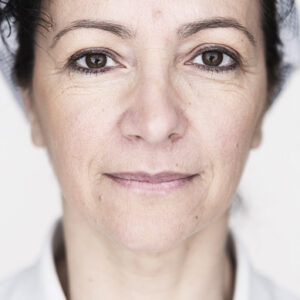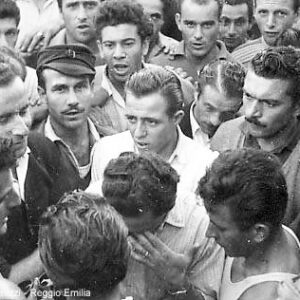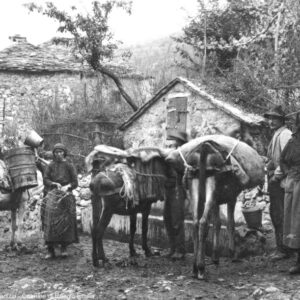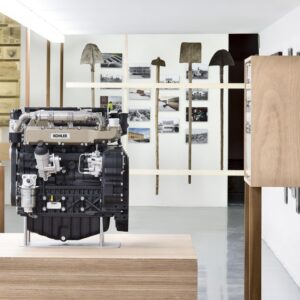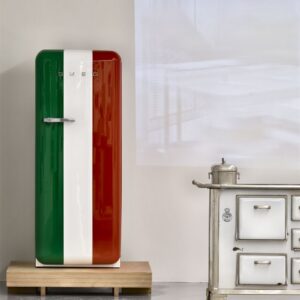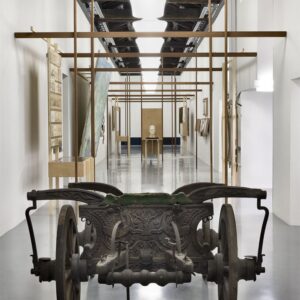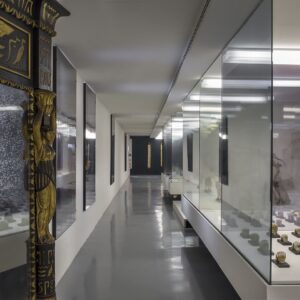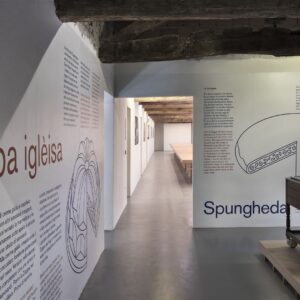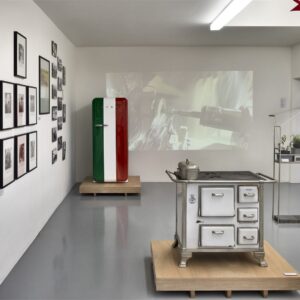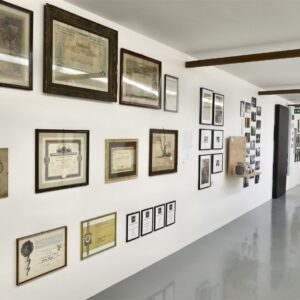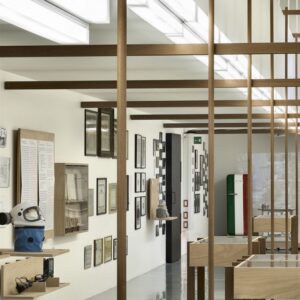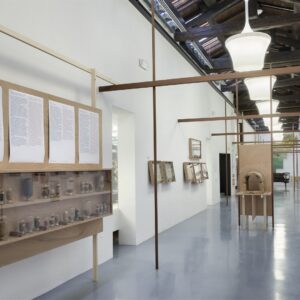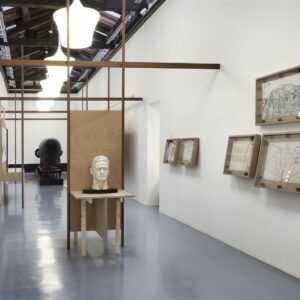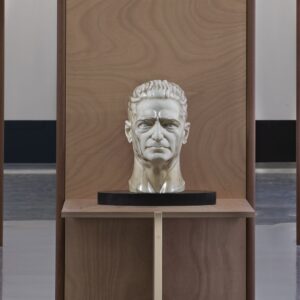NOI amiamo mangiare bene
Le ricette del Museo
Cappelletti alla reggiana
Nome in dialetto – In local dialect: caplèt
Te magnè i caplèt adesa tè bev anca al brod
Negli eventi bisogna essere pronti ad accettare gli avvenimenti positivi che negativi.
in any situation, you must be prepared to accept the positives and negatives.
Tès vin a cater cà fom i caplèt
Ci vieni a trovare così facciamo i cappelletti, facciamo una festa.
come and visit us so we can make cappelletti and have a feast.
L’è un brod da capelèt
È un brodo molto buono di quelli della festa.
it is a very good broth, fit for a king.
A piov c’la fa i caplèt
la goccia di pioggia cadendo a terra, increspa l’acqua che gonfiandosi richiama a Tipica forma del cappelletto.
a drop of rain falls on the ground, ripples the water which swells and resembles the shape of a cappelletto.
Te ghè un ombreghel càl peer un caplèt
Hai un ombelico che sembra un cappelletto.
your navel looks like a cappelletto.
Si narra che la forma del Cappelletto venga da una leggenda che trae le proprie origini dai versi seicenteschi della “Secchia Rapita” di Alessandro Tassoni. Dopo la notte d’amore Bacco e Marte scappano a Modena, mentre Venere rimane in camera.Il seguito di Giuseppe Ceri prosegue così: “stupito resta un umile oste nel vedere l’ombelico di Venere che nell’atto di scendere dal letto fa salire la leggera camiciola. Tanto affascinato ne rimane il servitore che decide di riprodurre almeno un particolare della Dea e correndo in cucina strappa un pezzo di sfoglia da un tagliere, che poi sul dito avvolge in mille e mille forme tentando d’imitare quel “bellico” divino e singolare, e così l’arte di fare il cappelletto apprese.” Più credibile è l’ipotesi secondo cui il nome derivi da “cappello” poiché la forma dei Cappelletti reggiani ricorda sia un tipo di copricapo medioevale, che la mitria dei granatieri e dei vescovi.
It is said that the shape of the Cappelletto has its roots in the 17th century verses of the “Secchia Rapita” by Alessandro Tassoni. After a night of love-making, Bacchus and Mars headed off to Modena, while Venus remained asleep in her room. Inspired by this poem, Giuseppe Ceri continued the legend: “a humble innkeeper became so fascinated by the beauty of the Goddess that he decided to reproduce at least one physical aspect of her body. He went to the kitchen, rolled out a thin sheet of pasta, and cut it into little squares. Then he wrapped them around his finger trying to imitate that divine and peculiar “navel.” This is how the art of making the cappelletto was learned.” It is perhaps more credible that the name comes from the Italian word “cappello” (hat) because the shape of the Cappelletto of Reggio Emilia resembles both a type of hat worn in the Middle Ages and a helmet worn by grenadiers and bishops.
Ricetta
La sfoglia, Fujeda: 500 gr. di farina bianca; 4 uova intere. Formare una fontana con la farina, nel centro della quale romperete le uova intere ed aggiungerete un pizzico di sale e due mezzi gusci o più d’acqua, quanta ne basta per ottenere un composto omogeneo e compatto. Amalgamare poco a poco gli ingredienti con l’aiuto di una forchetta e quando avrete ottenuto una palla cominciare a lavorarla con le mani. Più sarà lavorata, migliore sarà la sua qualità. Potrete aiutarvi con piccole quantità di farina, è sempre meglio avere una sfoglia leggermente più dura che troppo molle, la si lavora meglio. Con l’aiuto di una “canella” cominciate a stenderla.
Per il ripieno: 100 gr. di polpa magra di manzo; 100 gr. di polpa di maiale; 100 gr. di vitello magro; 100 gr. di prosciutto crudo; 300 gr. di pane grattugiato; 100 gr. di burro. Passare la carne al tritacarne, se necessario anche due volte, facendola poi rosolare in un tegame con il burro, sale, pepe e noce moscata. La carne sarà pronta quando l’avrete ben rosolata. Unire il pangrattato, il parmigiano, diluendo con un po’ di brodo caldo. Preparate la sfoglia nel modo classico, stenderla piuttosto sottile. Tagliate la pasta a quadrati sui quali porrete un po’ di impasto e che chiuderete dando loro
la forma di un cappello.
La tradizione li vuole cotti
in un brodo bollente, e, nella Bassa aggiungono un po’
di Lambrusco amabile al piatto fumante.
“Iori Galluzzi M.A.–Iori N., Breve manuale del mangiar reggiano, Reggio Emilia, N. Iori, 1985, pag. 47”
For the pasta, Fujeda: 500 g of white flour, 4 whole eggs. On a workspace, make a mound of flour and dig a hole in the centre. Break the eggs into the hole and add a pinch of salt and two half-shells or more of water, enough to obtain a smooth and compact mixture. Gradually mix the ingredients with the help of a fork until a ball is formed.
Start kneading the dough with your hands. The more you knead it, the better the quality. If necessary, you can add small quantities of flour, as slightly harder dough is better than a soft one, and is easier to work with. With the help of a rolling pin, roll out the dough until it becomes relatively thin.
For the filling: 100 g of chopped lean beef; 100 g of lean pork; 100 g of lean veal; 100 g of prosciutto ham; 300 g of breadcrumbs; 100 g of butter. Mince the meat in a mincer, twice if necessary, and then brown it in a pan with the butter, salt, pepper and nutmeg. The meat is ready when it is well browned. Combine the breadcrumbs, Parmigiano Reggiano, diluting with a bit of hot broth. Prepare the dough in the classic way, rolling it out into a thin sheet. Place a small amount of the meat filling in the centre of each squared piece of pasta. Close each round giving them the shape of a hat. They are traditionally cooked in boiling broth and a dash of Lambrusco is sometimes added to the steaming plate.
“Iori Galluzzi M.A.–Iori N., Breve manuale del mangiar reggiano, Reggio Emilia, N. Iori, 1985, pag. 47”
Compila il form sottostante e inviaci la tua ricetta![contact-form-7 id=”13594″ title=”Ricette”]
Mostra
temi
Noi governiamo l’acqua
Noi lavoriamo la terra
Noi alleviamo gli animali
Noi costruiamo comunità
Noi produciamo futuro
Noi amiamo mangiare bene
Ritratti di un paesaggio

